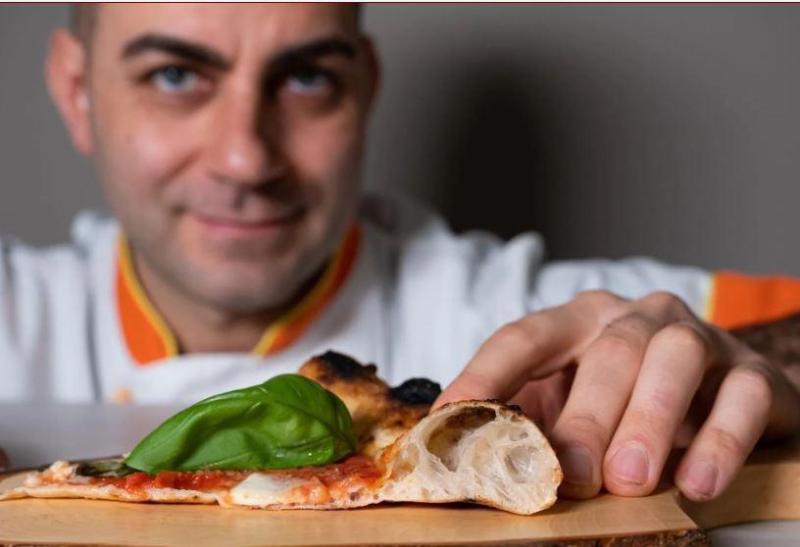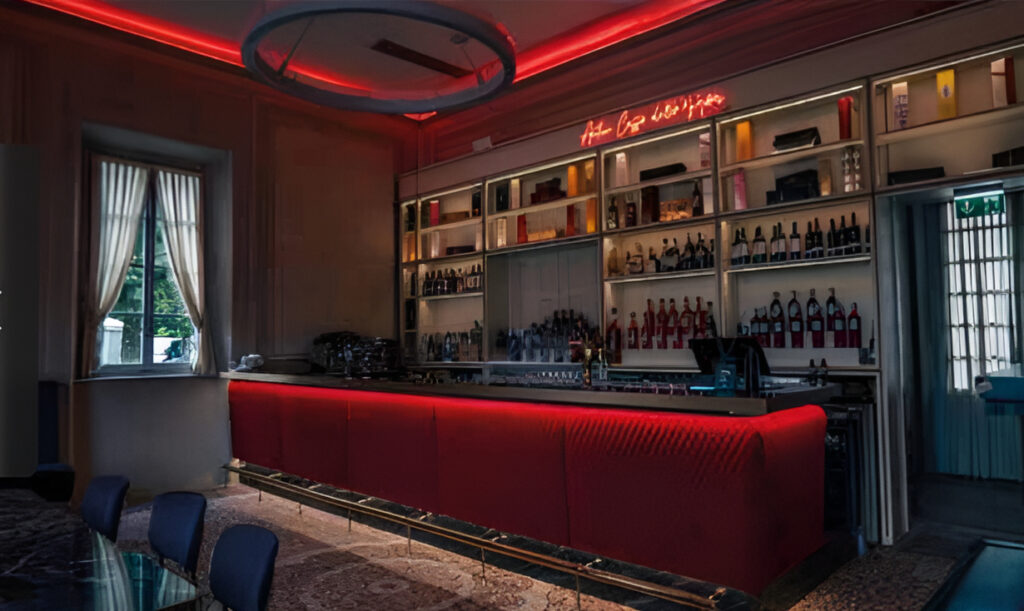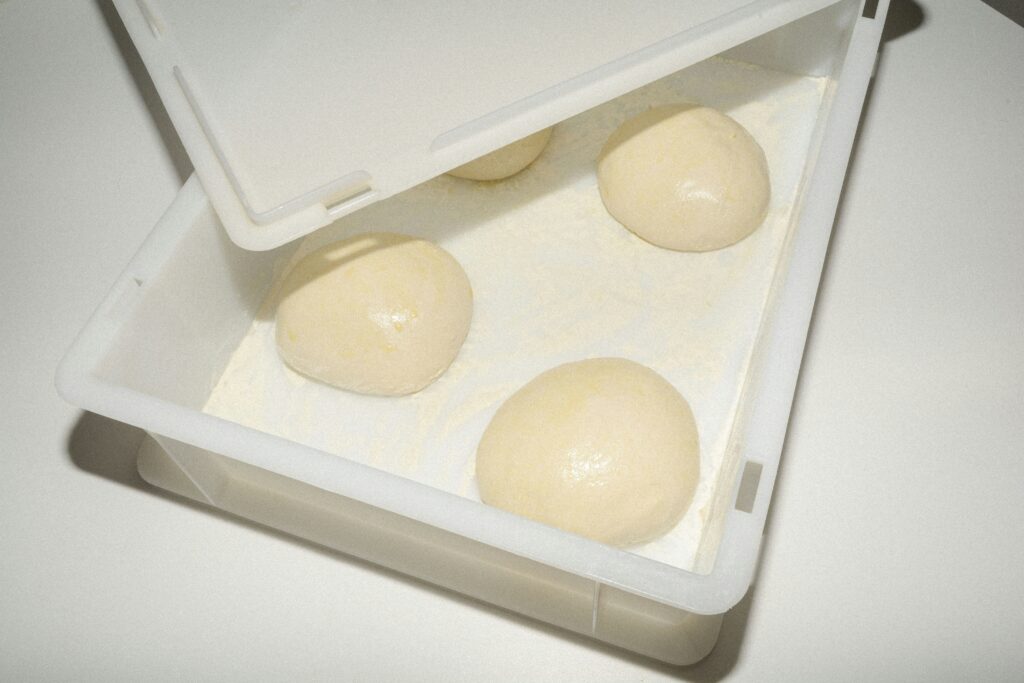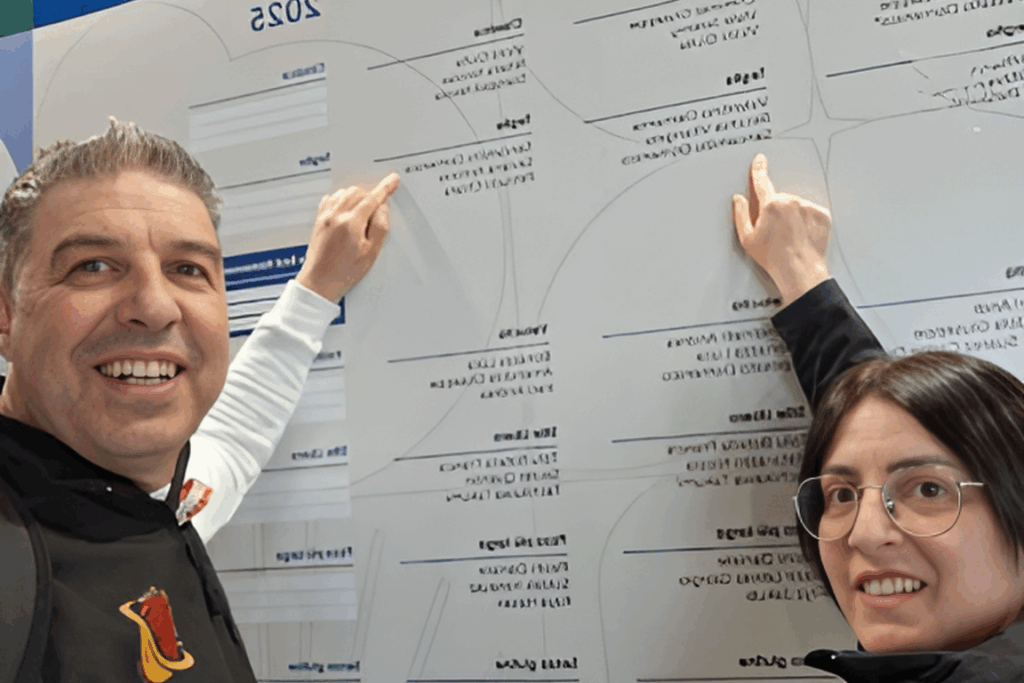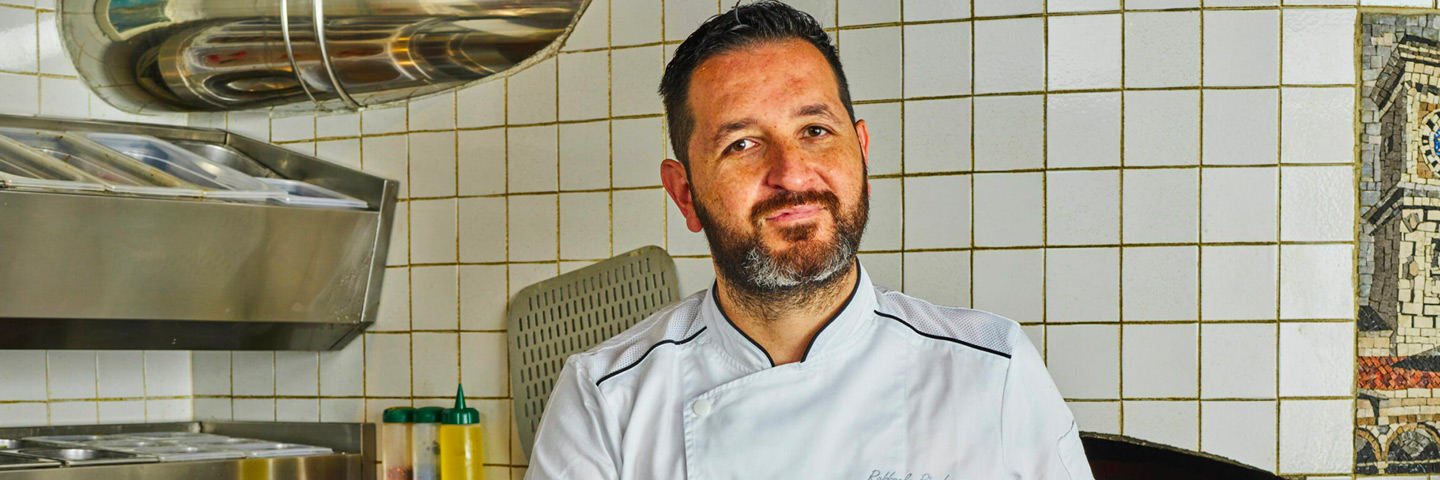
This is a story many have experienced, the one of Raffaele Pizzoferro, with Friulian accent and mixed origins, whose father came to Udine from the Amalfi Coast in 1978, a year before he was born, and whose mother came from Spilimbergo. “He met her shortly after arriving in Friuli where he saw a job opportunity related to the presence of military barracks and soldiers, fertile ground for opening a pizzeria.” A fine venue in an old house of the city’s historic walls. Raffaele smilingly calls himself a ‘child of the art’ (for he inherited his father’s job as a pizza chef). “Dad opened Alla Lampara with Mom, and you could say that my sister Fulvia and I were born and raised in the pizzeria. If I have to be honest, when I was a child, I didn’t dream of becoming a pizza maker, but then the events of life led me to take over this business.”
He did it in 2005 although he says, “it was a formal transition, because I remember him making all the decisions.” The hard times came after the 2008 crisis, but they gritted their teeth and held on, until a few years later, in 2015 “my sister and I said to each other ‘either we seriously commit to change or we close.’ So we looked around, studied, tried new doughs – using hemp or brewer’s spent grain, for example – new flours and different combinations, organizing theme tasting evenings.” The step had been taken, although, recalls Raffaele, “this pizzeria has always had a peculiarity, we have always been more about families rather than big tables and large groups; we basically want to make the customer feel at home, to make sure that they would enjoy coming back.”
The pizzas are made with the base of his father’s invention, a self-taught man who had managed, however, to create a pizza “that was different from the ones they used to eat in the area, with a more pronounced crust but still crispy. I always say that our pizza is halfway between Neapolitan pizza and Friulian one.”
As time goes by, Raffaele began to focus on quality ingredients, approached Slow Food and then joined the Slow Food Cook’s Alliance. Last year he also joined Chic, the first association among restaurateurs that admits pizza chefs, pastry chefs and bakers to its ranks. Then, a few months ago, a new association that brings together quality restaurants with the aim of providing training for its members was born in Udine: “we are the only pizzeria out of ten members, besides a historic bakery.” Now dad is gone but mom still shows up. In addition to Raffaele and Fulvia there are six employees, “I won’t hide the fact that in 2010 there were only two of us, but the work we have done has paid off, people talk well about us, and word of mouth is an important driver. The greatest satisfaction is that on February 12 this year Alla Lampara will be 45 years old. We still have about ten or so customers who continue to come ever since and also their children who have grown from children into family fathers and mothers in the meantime. This proves the fact that we have always tried to do work that would not let us get ahead of ourselves, staying grounded and even overcoming difficult times.”
The pizza is made with only one type of direct dough. Raffaele describes it as ‘quite classic,’ a blend of type 0 flour for 80% and whole wheat flour for the remaining 20%, using a hydration between 60% and 62% and a long leavening process. The starting dough is always his father’s original one, which with minor modifications is still the most appreciated one by the local public. As for the basic ingredients, Pizzoferro uses a fiordilatte mozzarella that comes from the Caserta area, which is fatty enough not to burn, since his pizza stays in the oven a little longer than a classic Neapolitan one. When it comes to tomatoes, however, he did a great job with his Margherita “vertical,” a pizza consisting of 4 slices, each of which has a different type of tomato both in texture and color and a different type of cheese: the first one has San Marzano tomato with fiordilatte and 12-month aged Grana Padano; then, a very sweet yellow tomato from Puglia combined with fiordilatte; then, a meaty confit tomato with mozzarella di bufala; and finally a rather sour green tomato cream combined with a smoked mozzarella di bufala. Raffaele is also active on the waste subject, which he tends to reduce as much as possible: “We try to value the raw material by trying to use everything with the right processing. For example, we make a cream using tomatoes that are a little too ripe. We put them in the oven with garlic, oregano and basil and make a gel. We made a connection with farmers and breeders who use the waste for animal feed, so we give them what’s left of the pizzas, to close the circle cleanly.”
As for beverages, at Alla Lampara they have concentrated mainly on Friulian craft beers, focusing less on wines. “There is also something from Veneto and Campania. We have a tap dedicated to craft beer, as well as five bottled options. Our big dream, however, is gin and tonic; in fact, about that, we work with a local liquor company. In my opinion it pairs even better with pizza than wine, having a lower alcohol content given the same amount, as well as being an interesting idea to give something different to the customer.”
